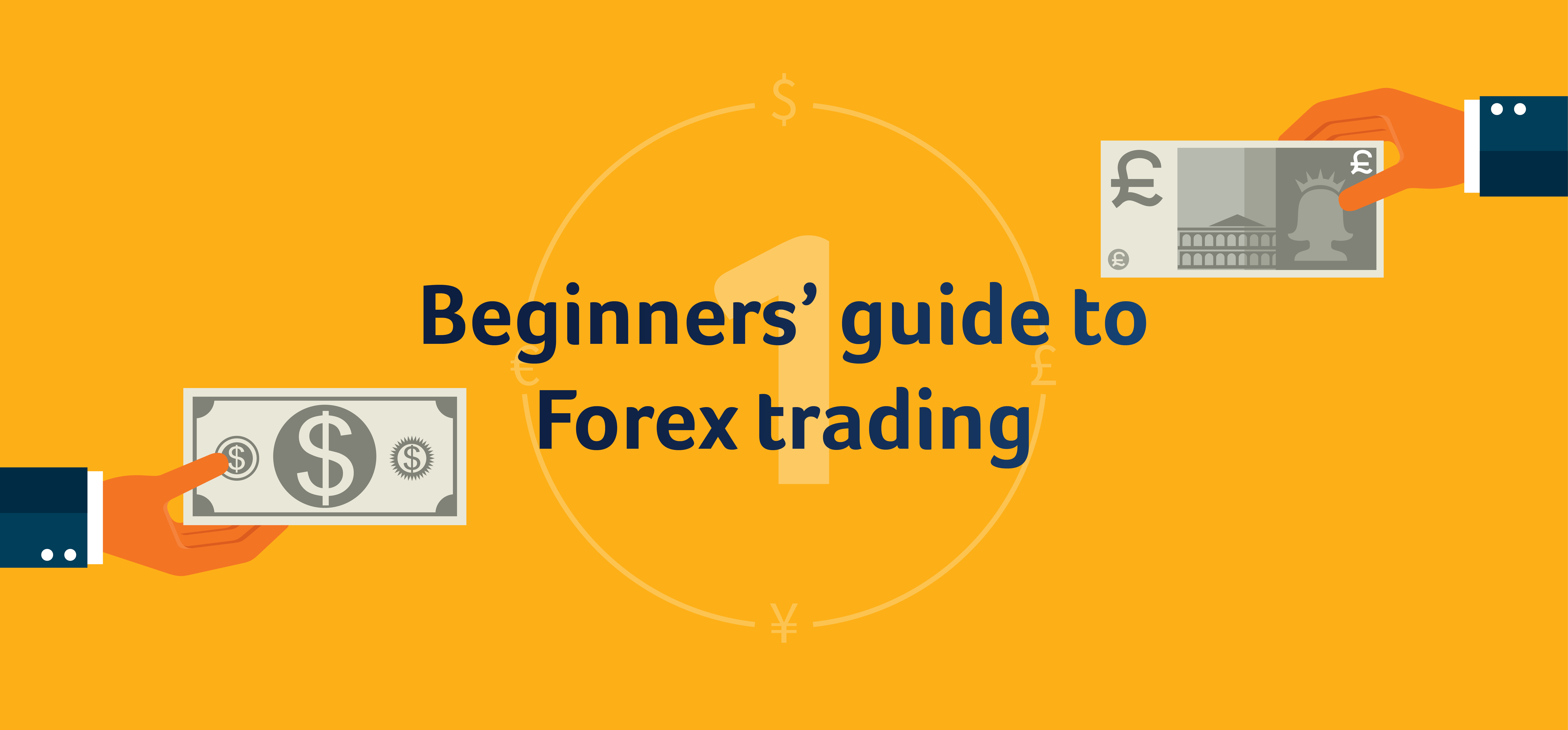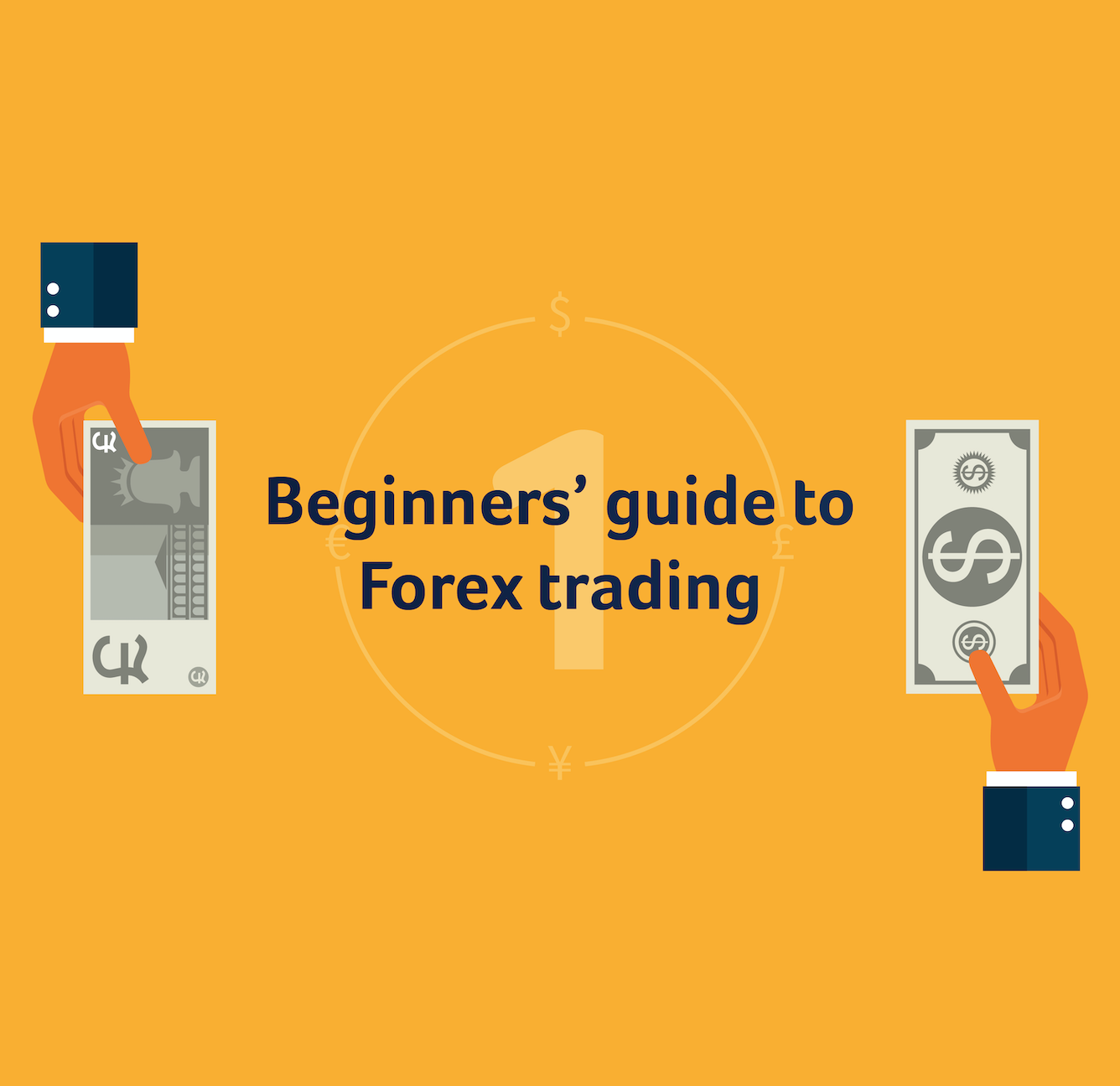Forex trading for beginners
What is Forex trading?
In short, Forex Trading (also referred to as FX or Foreign Exchange) is currency trading and works by buying or selling the currency of one nation or region against another. Most of us are familiar with the concept of exchanging currencies to purchase something overseas or to have some foreign cash on a holiday.
In reality though, most Forex trades do not take place in the ‘real world’ at airports or on holiday, but occur at banks and financial institutions for speculative purposes. Most traders and investors trade currencies to profit from the performance of currency A, versus currency B.
The Forex market is the largest financial market in the world with average daily volumes of 6 trillion dollars spanning transactions across investment banks and various financial institutions around the world.
Unlike most other asset classes Forex trading is available 24 hours a day, five days a week, closing only at the weekend. The trading week starts in New Zealand and follows the sun around the globe, so on to Australia, Asia, Europe, the UK and then on to America, before starting all over again in New Zealand.
The Forex market is an over-the-counter (OTC) market, meaning transactions take place via a global network of banks and financial institutions, rather than a centralized exchange. When trading forex you are speculating on the movement of two currencies, the exchange rate, without the worry of having to take physical delivery of the underlying asset, in this case, currency.
Exchange rates are changing every second and as such lure short-term speculators, known as day traders, as well as long-term investors, and everything in between!
The Forex market is traded in pairs, so you buy one currency and sell another currency via a single price (the exchange rate), with the view that the currency you have bought outperforms the currency you have sold.
For beginners it advisable to begin with what experienced Forex traders refer to as ‘the majors’ – meaning the most liquid and heavily traded currencies representing some of the world’s largest economies.
Forex purists consider the major currencies to be USD, EUR, GBP, CHF and JPY. Some like to add AUD, NZD and CAD to the list.
To make things a little more confusing, most of these currencies also have nicknames and will be referred to as such from time to time, so here it goes:
USD = Buck / Greenback
GBP = Sterling / Cable / Pound
JPY = Yen
EURO = Fiber
CHF = Swissy
CAD = Loonie
AUD = Aussie
NZD = Kiwi
Forex markets are traded in pairs, so two currencies are quoted as one price (or exchange rate).
The first stated currency in any pair is known as the ‘base currency’, followed by the second ‘quoted currency’. For example, using GBP/USD, the base currency is GBP and the quoted currency is USD.
There are three categories of pairs in Forex markets and they are:
Majors – which must include the USD, e.g. GBP/USD, USD/JPY and EUR/USD
Minors (or Cross Pairs) – pairs that include major currencies but NOT the USD, e.g EUR/GBP and GBP/JPY
Exotics – consists of one major currency and one emerging market currency, e.g. EUR/TRY and USD/MXN
Loosely speaking, the volume and liquidity of each category run in the same order, so majors are the most heavily traded and the most liquid, and the exotics are the least traded and liquid.
How to start trading in Forex
Let’s say you have the view the British Pound (GBP) will outperform other majors this year following its well-documented exit from Europe.
You also have a negative view on the Yen (JPY) and feel it will be the least successful major and as such decide to take a position that reflects both these opinions; most obviously GBP/JPY.
When trading currencies the position you take is reflected in the first currency, so buying GBP/JPY would mean you are buying GBP and selling JPY. This could also be referred to as a bullish GBP view or going long GBP.
Let’s use the current rate at the time of writing, which is 150.70.
So, you buy GBP/JPY at 150.70, and if your view is correct the price of the pair will go up before you sell.
There are two main reasons for the price of this pair to go up: either positive GBP news or negative JPY - both are positive for this pair.
Negative JPY news has an indirect impact on the price of GBP when looking at this pair as it will devalue the Yen, in turn strengthening the pound GBP. Closing your long position at a price greater than 150.70 will result in a profitable trade.
If your view is incorrect the price of this pair will go lower, and the reverse will happen. So, negative GBP news or positive YEN news will force the price to go down. Closing your long position at a price lower than 150.70 will result in a loss on this trade.
Going short on currency pairs
Another compelling reason to trade forex markets is the ability to go short on currency pairs, which means you can sell to open a position.
This concept can, at first, seem confusing to newcomers to the forex market as selling something you do not own is not commonplace in the real world. However, a short position is simply the opposite of buying a pair.
Using the GBP/JPY example above, rather than buying, you could be selling GBP/JPY to open a short position at 150.70. Your short position means you have SOLD GBP and BOUGHT YEN (JPY), the opposite or inverse to the long position we described above.
Given you have sold GBP and bought YEN your view is that GBP will underperform the YEN.
If you close your short position at a price below 150.70 you realize a profit, if you close your short position at a price greater than 150.70 you will make a loss.
The ability to short allows you to speculate on negative moves in currency pairs, as well as hedge any existing currency exposure you may have.
There are many interesting ways to use FX trading to your advantage and to hedge against currency exposure risk. We hope you find this introduction to Forex trading useful. This is just the first article in this series. We will be publishing more articles for Forex beginners in the coming weeks, so make sure to check back soon or follow us on social.


